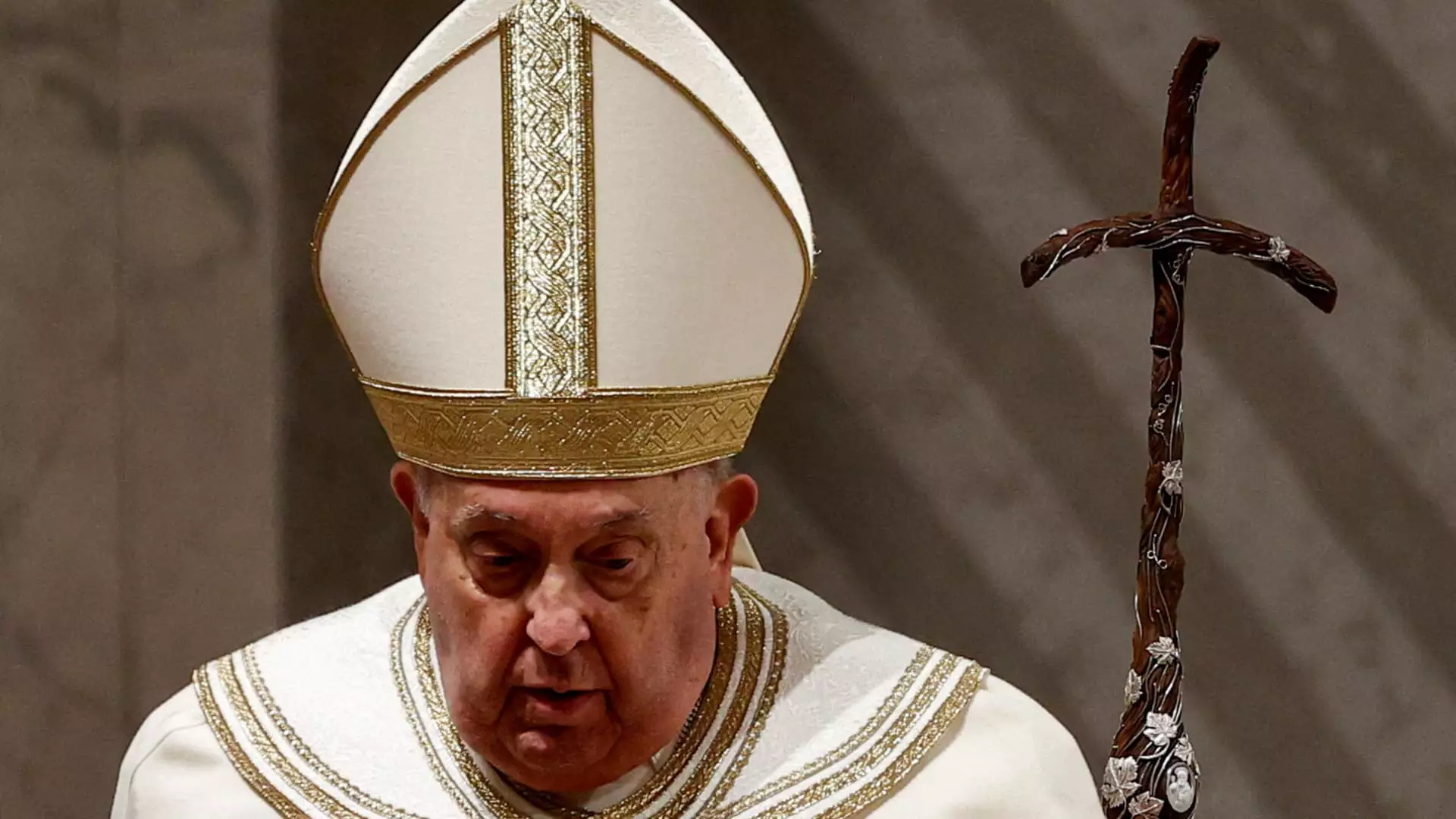Pope Francis is currently receiving treatment for double pneumonia at Rome’s Gemelli hospital. His admission to the hospital on February 14 came after he encountered difficulty breathing, a symptom that raised alarms over his health. Preliminary diagnosis revealed a severe infection affecting both of his lungs, leading the Vatican to express concern about the pope’s critical state for the first time. Reports indicate that the 88-year-old pontiff required supplemental oxygen and blood transfusions following a night characterized as peaceful, albeit amidst a backdrop of serious health challenges.
Double pneumonia presents significant risks as it inflames both lungs and can lead to decreased oxygen levels in the body. The infection is often complicated by multiple microorganisms, complicating treatment outcomes. The Vatican’s characterization of the infection as “complex” resonates with the severity of Pope Francis’s symptoms. Such respiratory infections can leave lasting damage, resulting in scarring within lung tissue and leading to long-term respiratory issues. In severe cases, the infection may escalate to sepsis, a life-threatening condition, thereby amplifying anxiety regarding the pope’s health.
Pope Francis has faced several health hurdles over the last two years, including previous bouts of illnesses that have raised questions about his overall well-being. His vulnerability is heightened by a medical history that includes a significant lung condition; he suffered from pleurisy in his younger years, which has contributed to a reduction in lung capacity due to the surgical removal of part of one lung. These chronic health issues make him particularly susceptible to respiratory infections, including the current double pneumonia diagnosis.
The medical team at Gemelli hospital is actively monitoring the pope’s condition. Recent statements from his doctors reveal their concerns about the potential progression of the lung infection into systemic complications. Dr. Sergio Alfieri, a senior physician involved in the pope’s care, affirmed that the combination of advanced age and general frailty presents unique challenges to his treatment. Various interventions have already been employed, including high-flow oxygen therapy to tackle acute respiratory distress and blood transfusions aimed at addressing anemia, indicated by a notably low platelet count.
As news of Pope Francis’s condition spreads, it evokes a sense of empathy and concern from the global Catholic community and beyond. Given the pivotal role he plays as the spiritual leader of millions, his health issues prompt reflections on the longevity of his papacy and the future leadership of the Catholic Church. While the Vatican remains cautiously optimistic about his medical care, the seriousness of his condition cannot be understated. Continued prayers and support from the public will be essential as Pope Francis navigates this critical juncture in his life.


Leave a Reply